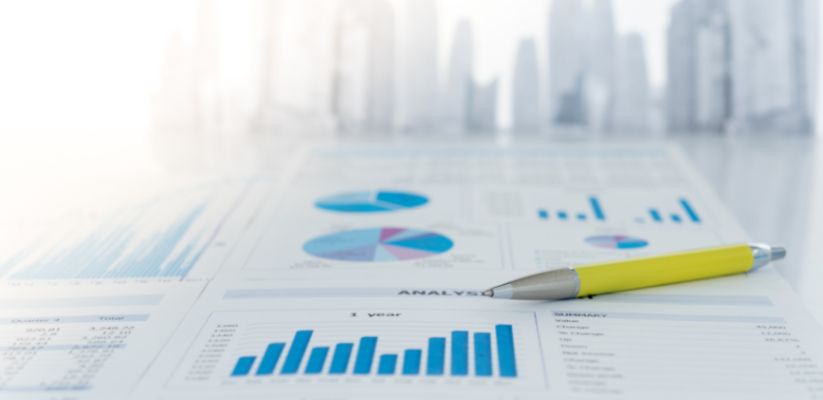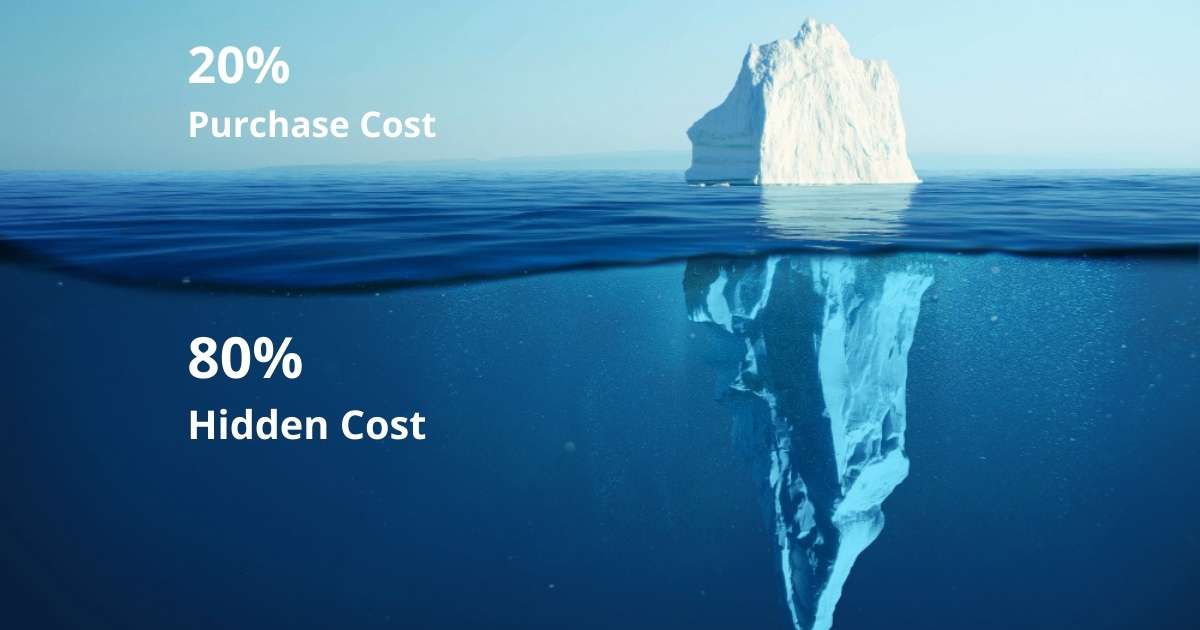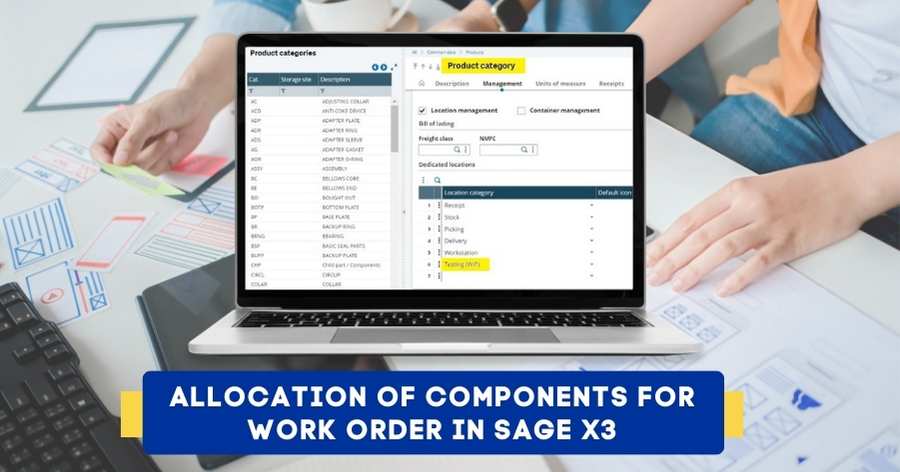What is ERP Reporting?
ERP Reporting is a capability of ERP to analyze data collected from different sources and transform it into intuitive charts, reports, and customized dashboards, to make it easier for decision-makers to understand, interpret, and get actionable insights for quick & informed decision-making.
ERP Reporting is a significant feature of ERP that allows businesses to become agile and face modern-day trends & challenges with solid data-backed decisions, rather than gut feelings. The reporting can be based on different sets of data such as financial, sales, market trends, and compliance, among others.
As your business grows, so does the need for accurate and timely reporting. Enterprise Resource Planning (ERP) systems are a great way to get a handle on all the different moving parts of your business, but not all ERP systems are created equal. There are numerous advantages of ERP over other business management systems, but it’s important to choose the right system for your needs. Though all ERP systems are not the same, go for the system that delivers Business Intelligence tools and features that your business needs.
ERP software plays diverse functions and holds the ability to integrate different business sections with your business. It also helps streamline business functions while delivering usable data and important insights. The data is quintessential to the most effective management of the business.
Top 7 ERP Reporting Features
Effective ERP reporting planning delivers accurate information while also offering a single source of truth. The precise reporting strategy allows self-service analytics and reporting and also assists in defining a roadmap to fetch views. It also involves analytics/ reporting governance that fuses the analytics as well as KPIs with the data. The ERP reporting goes beyond business analytics, performance measurement, and financial analysis.
In order to develop an efficacious ERP reporting platform, organizations are required to accounting various stakeholders throughout the company.
So, have a look at the top 5 features to consider when choosing a reporting system for your business.
1. Customizable Reporting and Queries
As your business grows and changes, your reporting needs will likely change as well. Look for an ERP system that offers customizable reports so that you can always get the information you need. With customizable reports, you can modify existing reports or create new ones to fit your specific needs.
Moreover, the ERP implementation should have the agility to execute random queries and create reports to target the majority of operational, analytical, and management needs. The strategy will help vanish manual creation along with the consolidation of thorough management reports. This also helps improve the on-time delivery of information while spending more time on the analysis of data.
2. Real-time Reporting & Scheduled Reports
In today’s fast-paced business world, you need to be able to make decisions quickly. Choose an ERP system that offers real-time reporting so that you always have the most up-to-date information at your fingertips. Real-time reporting means that as soon as data is entered into the system, it’s reflected in the reports. This way, you can always make informed decisions based on the most accurate information.
Another important feature to look for in an ERP reporting system is the ability to schedule reports. This way, you can have the reports you need to be delivered right to your inbox on a regular basis. With scheduled reports, you can set them and forget them-freeing up your time to focus on other aspects of a successful business.
<< Also Read: Top 4 Reasons to use ERP in the Furniture Industry>>
3. Drill-down Capabilities
Sometimes you need to be able to take a closer look at the data to really understand what’s going on in the best ERP software in India. Look for a reporting system that offers drill-down capabilities so that you can get a detailed view of your data when you need it. A detailed view of data is essential for root cause analysis and identifying trends.
A drill-down capability allows businesses to click from a single data point to lower-level data. The feature helps it easy to understand the data you have been seeking. Also, you can track the elements that are lagging.
4. Customizable Dashboards
Dashboards are one of the most powerful tools which are basically task or division-specific. They can also be general at times as per the requirement. Dashboards are very easy to track and watch past as well as real data. The best feature of this tool is to rectify the performance against the business goals and objectives.
ERP dashboards are one of the best reporting tools that can be shown in some common areas and can be accessed on different devices. With this, the staff can also measure and report the most connected metrics in real time.
You can click and drill down to fetch more details. What makes dashboards distinctive from the rest is their graphical representation and simplicity. Simple dashboards take in quickly and make it understandable.
A good ERP system should offer dashboards that give you a quick overview of your most important data. This can be a valuable tool for quickly identifying trends while also contributing to decision-making and analytics.
<<Also Read: Top advantages and disadvantages of modular ERP>>
5. User-friendly Interface
An ERP system is only as good as its interface. Make sure to choose a system with a user-friendly interface that is easy to navigate. A good interface will make it easy for you and your employees to find the information you need and enter data into the system. A user-friendly interface can also save you a lot of time and frustration in the long run.
Without a good interface, you’ll likely find yourself wasting time trying to figure out how to use the system – which is time that could be better spent on other aspects of your business. In the case of reporting, a good interface will make it easy to generate the reports you need with just a few clicks.
6. Generating Reports Outside BI Modules
Whenever you check something, it gets converted into a report. A report is usually printed while portraying what needs to be paid. However, a purchase order in a Purchase Management System is a report that shows an agreement to buy a particular product/ service and pay for the same. Sometimes a label is used to showcase what has been purchased and whether it is paid or not. A label usually has a barcode and text along with the description of the session.
This indicates that there are a number of ERP features that are not connected to the ERP reporting structure that should also be taken into consideration. So, before considering an ERP system you should always focus on whether the ERP system serves your reporting requirements.
<< Also Read: Why do companies need both ERP and Business intelligence?>>
7. Flexible Report Generation
It is one of the main features of ERP to look at before choosing ERP reporting tools. With the changing times, the organizational needs change over time since threats as well as opportunities increase. However, to comply with these changes, ad-hoc reports are mostly used by businesses to ensure agility in their systems.
A lot of ERP systems include a report generator/ query tool that can extract data to meet the desired needs of the report. Information from different internal tables may be combined to show information that is needed to help make a decision instantly. However, the query would be filtered later and would stay at the base of the new standard report which will then be resolved and would not run the report in the future.
Choose an ERP system with these features to get the most out of your data and make better business decisions.
What is the Current Scenario of the ERP Reporting Tools?
In today’s market, a lot of companies lack reporting mechanisms and miss potential opportunities. However, due to this, the reaction timings will be quite slow and the issues won’t be detected till they have become a thing of high concern.
Most organizations have manual reporting which is very slow and drives erroneous data. This data gets completely out-of-date and sometimes they are partially accurate.
Get the Best Reporting Capabilities in an Efficient Business Management Software…
The biggest advancements in the ERP field have been how customizable the system has emerged in recent times. With the growing customizations, integrations, and deployments, SMBs can alter the systems at par with their requirements.
For some manufacturing companies, Sage X3 reporting systems stand for production-oriented reporting with critical factors beneficial for the organization. Be it any ERP software specifically designed for manufacturing companies or any different platforms, you can easily get what you want through the most precise ERP reporting platform.







